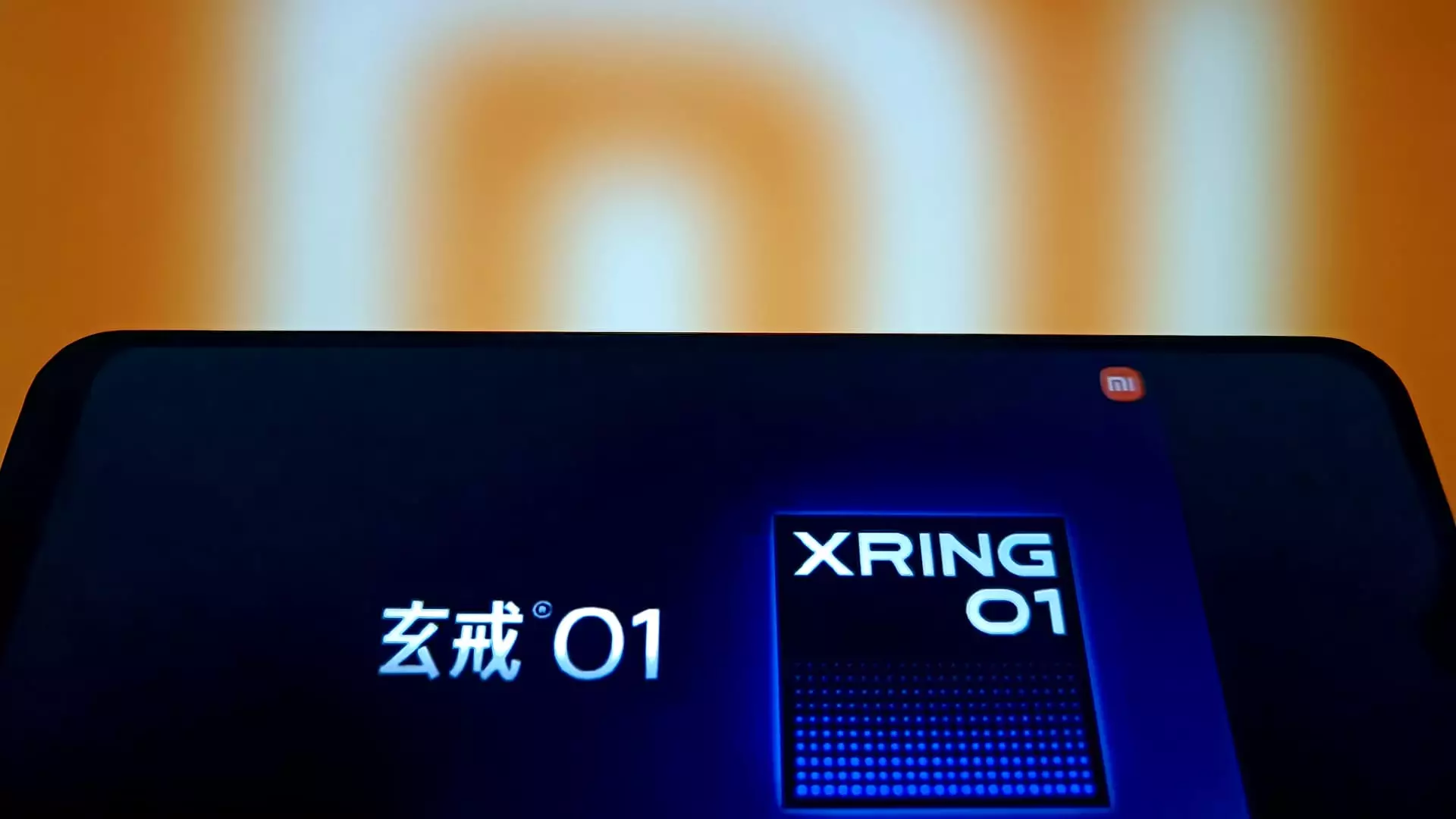In a striking display of competitiveness, Xiaomi has unveiled its new flagship smartphone, the Xiaomi 15S Pro, which is engineered not just as an alternative to Apple’s prestigious iPhone but as a formidable challenger with an aggressive pricing strategy. Starting at an enticing 5,499 yuan ($764), the new device puts a tangible strain on Apple’s pricing model, with the iPhone 16 Pro launching at a stratospheric 7,999 yuan and the Pro Max variant exceeding 9,999 yuan. In a country where government subsidies can significantly impact consumer choice, Xiaomi is cleverly positioning itself to capture the market that historically upheld premium Apple products as the gold standard.
While Apple has long been synonymous with luxury and high status, Xiaomi’s pricing strategy embodies a welcome disruption that could shift consumer loyalty, especially among young and price-sensitive demographics. This isn’t just a battle of brands; it’s an ideological clash between exclusivity and accessibility. Xiaomi is fostering inclusivity in tech, whereas Apple’s pricing strategy seems to emphasize elitism.
Chips and Competition: The Engine of Innovation
Xiaomi is not merely relying on price; the company is making bold claims about its proprietary Xring O1 chip, which Lei Jun, the CEO, asserts outperforms Apple’s A18 Pro in various technical metrics, particularly thermal performance during gaming. This challenges the established narrative that Apple’s chips are unmatched in the performance landscape. However, the authenticity of Xiaomi’s claims still requires external validation—an essential step in substantiating its ambition to assert itself in chip technology.
The global semiconductor landscape has become a battleground, especially as the U.S. has tightened restrictions on China’s access to advanced semiconductor technology. While these challenges loom, Xiaomi’s commitment to chip development—with an investment plan totaling 50 billion yuan ($6.9 billion) over the next decade—signals its intent to cultivate self-reliance in technology, mitigating any geopolitical fallout over supply chains.
Despite asserting its chip’s superiority, Xiaomi’s reliance on Qualcomm and MediaTek for about 40% of its chipsets suggests that its transition to full independence in semiconductor technology is still a work in progress. This dual path of self-developed chips and existing partnerships could present a careful balancing act that reflects the firm’s ability to innovate while ensuring operational stability.
Electrifying Ventures: The Break into Automobiles
Beyond smartphones, Xiaomi is expanding into the electric vehicle (EV) sector. Its foray into the automobile industry is not to be overlooked, especially as it positions the recently launched SU7 sedan at a price point beneath Tesla’s Model 3. This strategic move suggests a broader ambition to establish itself as a versatile tech brand—one that isn’t merely a mobile device manufacturer but a holistic tech entity capable of integrating multiple aspects of modern consumer life.
The SUV, YU7, is expected to further extend this venture, though troubling incidents such as the recent crash involving an SU7 vehicle have prompted increased scrutiny over safety features and advertising practices. The clash between ambition and regulatory compliance highlights the ever-present dichotomy between rapid innovation and consumer safety in emerging markets.
A Vision for the Future: Tech for Everyone
Xiaomi displays an impressive vision, with plans to invest significantly in R&D. Predicting a 30% revenue growth this year, it appears to operate from a position of confident optimism. More importantly, it seeks to redefine what technology ownership looks like, pushing back against the conventional wisdom that associates luxury gadgets with astronomical prices. This aligns well with a growing consumer sentiment that yearns for innovative technology without the burden of exorbitant costs.
While critics might remain skeptical of Xiaomi’s ambitious claims, particularly regarding chip performance and safety protocols in its burgeoning automotive line, the company’s swift ascension does inspire hope for a more democratized tech landscape. As Lei Jun aptly noted, Apple remains a formidable player in the tech arena. Nevertheless, competition is fierce, and Xiaomi seems ready to engage in this fierce rivalry on multiple fronts, potentially leading to an enriched experience for consumers in the years to come.

